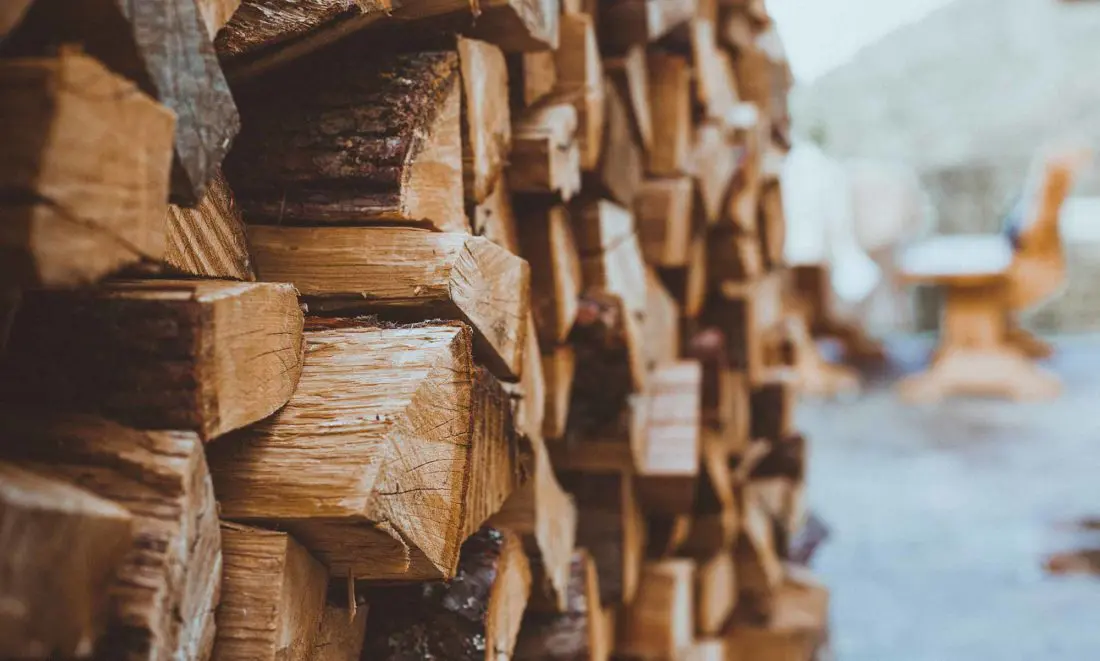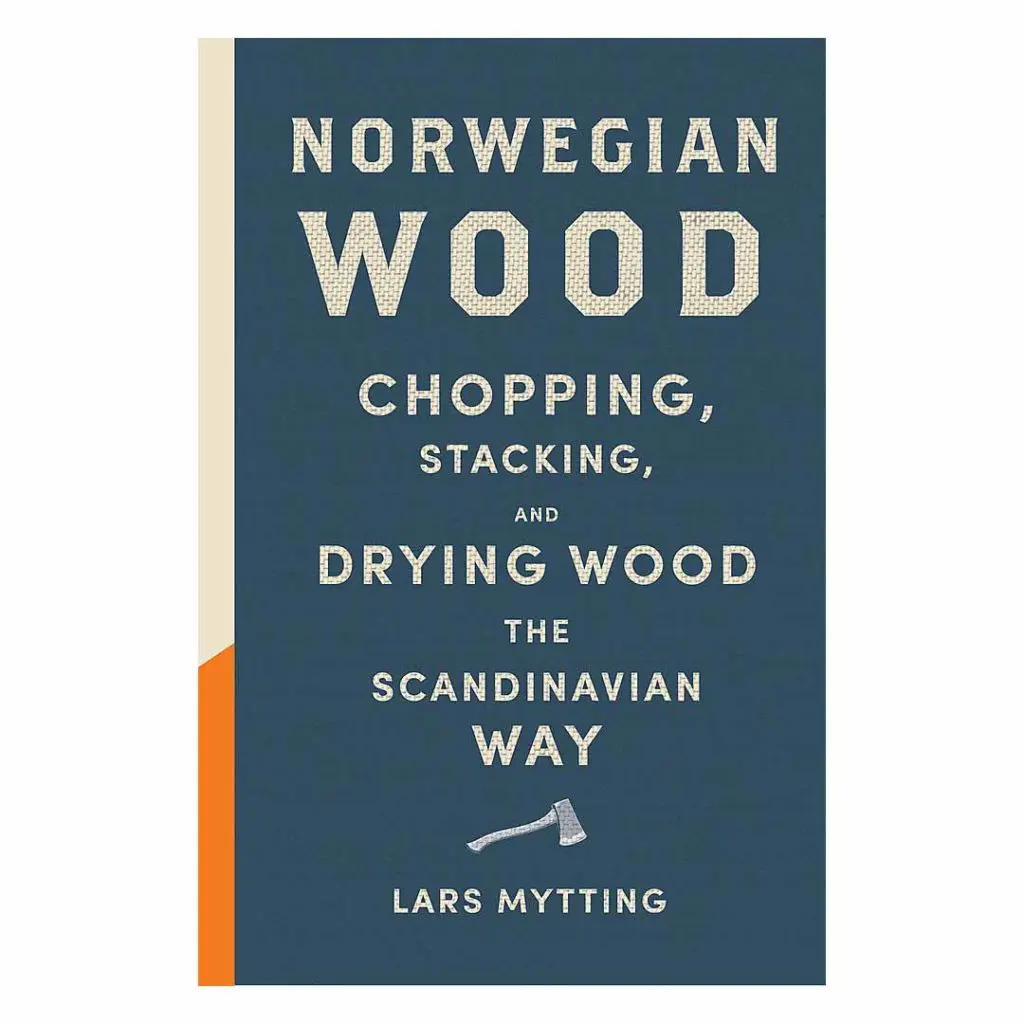Are you Ready to Burn for the New Heating Season?
The kids are back at school and Autumn is almost upon us. The first breath of cold wind in September Ignites that vision of getting cosy in front of your log burner with a mug of hot chocolate. It’s the time of year in which many of you with a wood burning stove needs to start thinking about stocking up your wood fuel supplies.
These are our top tips to help you ensure you are getting the best out of your Woodburner this Autumn and Winter.
ALL good-quality wood burning stoves have been expertly manufactured with efficiency in mind, heating a wider area than open fires, producing less carbon and maintaining a ‘clean’ burn. But ultimately to get the most out of it and to look after it, you should be using only good quality fuel into it.
Moisture Content
The first thing you will need to look out for is the moisture content of the wood. Burning wood with a water content higher than 20% will lead to more pollutants, more smoke and tar being deposited, potentially leading to your flue liner being damaged. Burning wood with optimal water content will give you a much cleaner burn, a happier stove and a safer home. If you are sourcing your own wood fuel rather than purchasing from a supplier, then you should be mindful of the type of wood you will be using. Wood obtained from different trees contain different amounts of moisture and will need to be dried before use, so it’s imperative to research this before using the wood! A reputable wood supplier will only sell well-seasoned or kiln-dried wood, tested with a moisture meter, ensuring that the water content is below 20%.
Wood Density
Wood density is an important factor when choosing wood fuel. If you choose a wood that is to low in density you will likely find you burn through it very quickly. Your local wood supplier will be able to advise on the right hardwoods to ensure you get a good burn from your fuel, keeping you cosy and reducing the number of trips you have to make for more wood!
Contamination
Wood that has contaminants such as paint or preservatives will produce harmful emissions and can lead to corrosion of your flue liner, eventually causing damage your home. A reputable wood supplier would not sell contaminated wood and if you have obtained wood from elsewhere, check that it is free of contaminants.
Renewable
Wood is a major source of renewable energy and the amount of CO2 sequestered in a tree’s lifetime is the same amount that it’s fuel will give off when burned. If your firewood is sourced from sustainably managed trees then your fuel will have a low carbon footprint. A reputable supplier will employ a sustainable model as let’s be honest, it’s their source of income so they WILL be replanting! Also, by sourcing your wood locally you are reducing the need to travel, reducing your carbon footprint even further.
Ready to Burn
The Ready to Burn initiative by Woodsure certifies reputable wood suppliers, ensuring sustainability and lowering emissions as well as helping you look after your stove. Their partnership with the Stove industry Alliance has grown awareness of the initiative and it will be play a big part in the industry’s plants going forward.
Where to go now!
Ignite Stoves recommend two local fuel suppliers that will look after you and your fire. If your not local to Ignite Stoves then visit the Woodsure website to find your local wood supplier.
Lincoln Kiln Dried Logs: www.lincolnkilndriedlogs.co.uk
Home Farm Logs: www.homefarmlogs.com
Woodsure: woodsure.co.uk/wood-fuel-suppliers/
If you haven’t got your log burner yet visit our website www.ignitestoves.com to see how we can help you on your wood burning stove journey.
Resources
Find out more about the new Woodsure Ready to Burn initiative. Promoting the use of Ready to Burn firewood.





